1300 737 976
Call us
Live Chat
Call us
How does thermal imaging work?
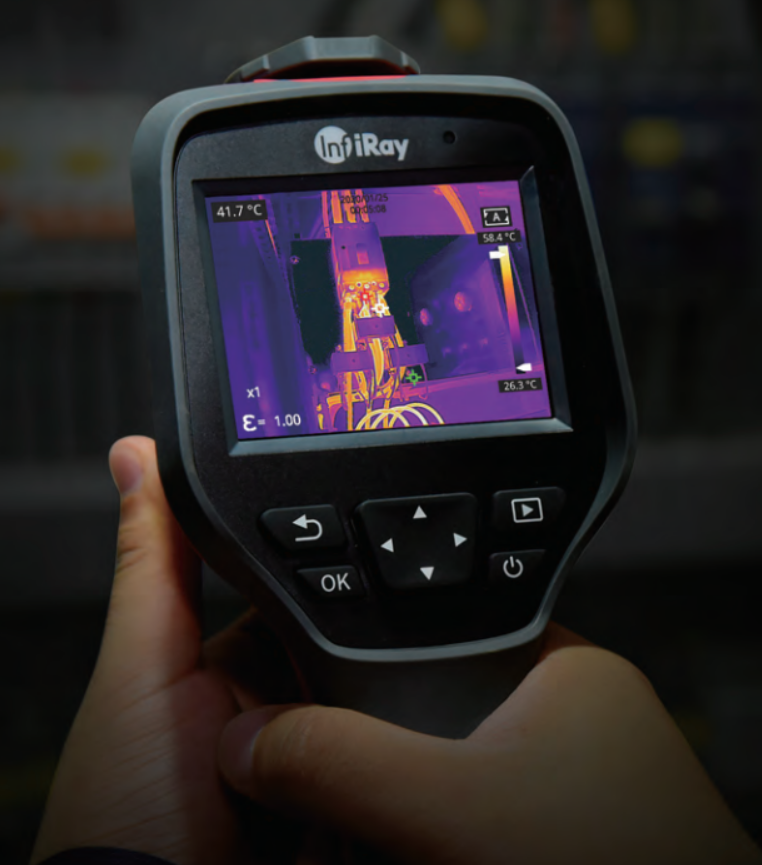
Thermal cameras detect temperature by recognizing and capturing different levels of infrared light. This light is invisible to the naked eye, but can be felt as heat if the intensity is high enough. All objects emit some kind of infrared radiation, and it’s one of the ways that heat is transferred. The hotter an object is, the more infrared radiation it produces. Thermal cameras can see this radiation and convert it to an image that we can then see with our eyes.
The thermal camera has internal measuring devices that capture infrared radiation, called microbolometers, and each pixel has one. From there, the microbolometer records the temperature and then assigns that pixel to an appropriate colour, which then shows the findings on the camera screen.
Where did thermal imaging camera originate?
It is unclear the origins of thermal imaging. There have been numerous accounts of thermal imaging by other names from the 1800’s but no confirmed inventor. The thermal imaging cameras used today are based on technology that was originally developed for the military. In 1929, Hungarian physicist Kálmán Tihanyi invented the infrared-sensitive (night vision) electronic television camera for anti-aircraft defense in Britain. The first American thermographic cameras developed were infrared line scanners. Thermal imaging in its present form was originally developed for military use during the Korean War
Where do we use thermal imaging?
Thermal imaging cameras have migrated into other fields and have found many uses.
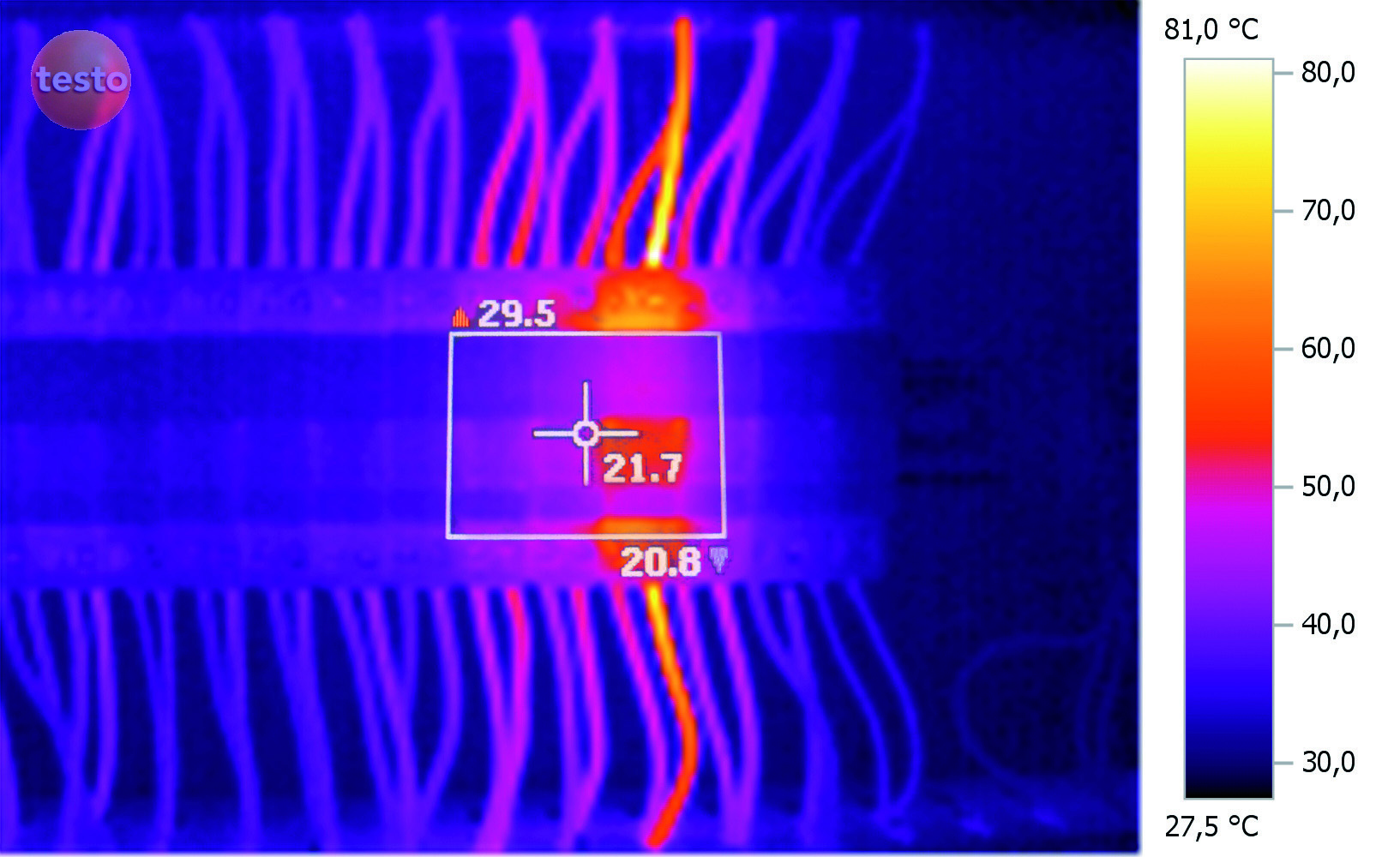

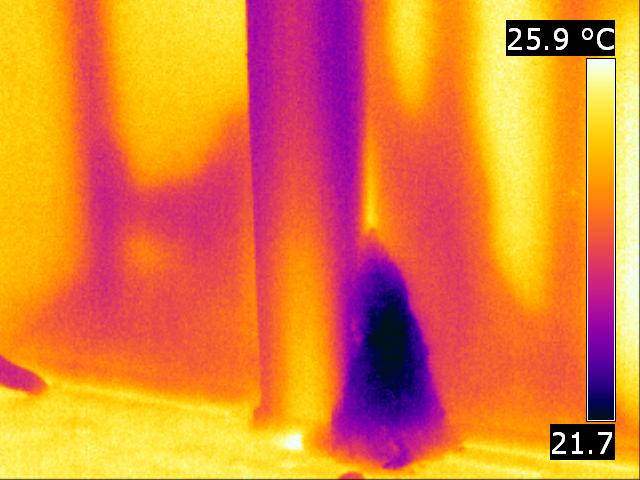
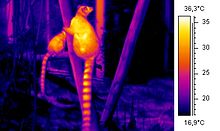
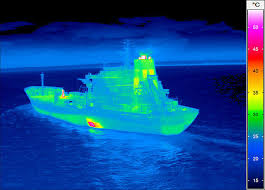
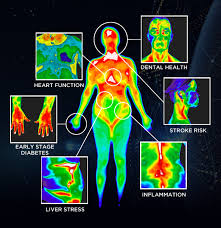

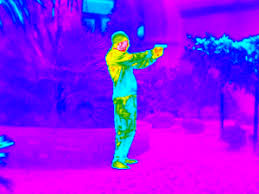
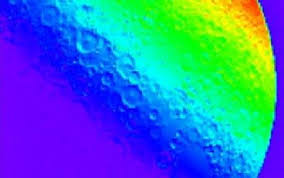
Other applications which use a thermal imaging camera include heating, ventilation and air conditioning installations, mold detection, quality assurance in processes such as glass manufacturing and many more.
Money saving is something you wouldn’t necessarily expect from a thermal imaging device, but when you think about everything it can do, it definitely makes sense. After the upfront cost of purchasing the device, they can undoubtedly save your business or home thousands of dollars or more in potential maintenance and repair costs that might incur if faults, leaks or weaknesses were not identified earlier.
However, it’s important to recognise that while thermal imaging has all these applications, it’s often best to use additional instruments or tools when appropriate to confirm what you’re seeing. Additionally, it’s worth noting that thermal imaging cameras are unable to see through walls and objects, but rather, they only pick up what’s reflected off them.
Choosing and purchasing a high-quality thermal imaging
It’s crucial to use a high-quality product to ensure that you detect and record accurate measurements. A big difference between different types of thermal imagers are the resolution and clarity of the images they provide.
Here at Pyrosales we are proud to offer a wide range of thermal imaging cameras suitable for all kinds of applications, whether they be professional or hobbyist. Our suite of top-range thermal imagers are made by InfiRay, a globally active, high-tech company with an expertise in innovative measurement solutions that are guaranteed to meet your needs.
Thermal imaging is an impressive and compact method of identifying, measuring and visualising heat patterns, particularly in environments where there’s a lack of visible light. Armed with an effective and high-quality thermal imaging camera, there are a broad range of applications available, from industrial to health to research and science and so much more.
Copyright © 2022 Created by Pepper Digital
Disclaimer – Images for illustrative purposes only and may not be representative of the actual resolution of the camera shown.